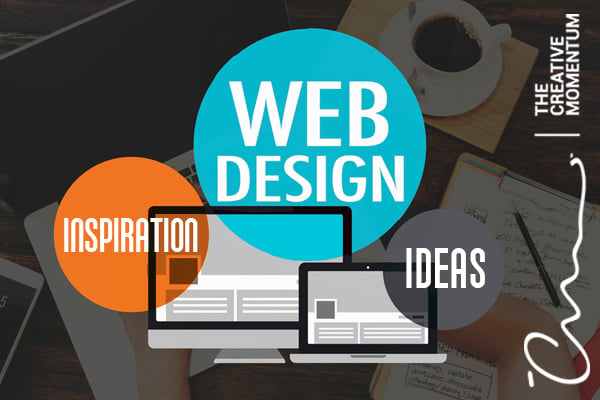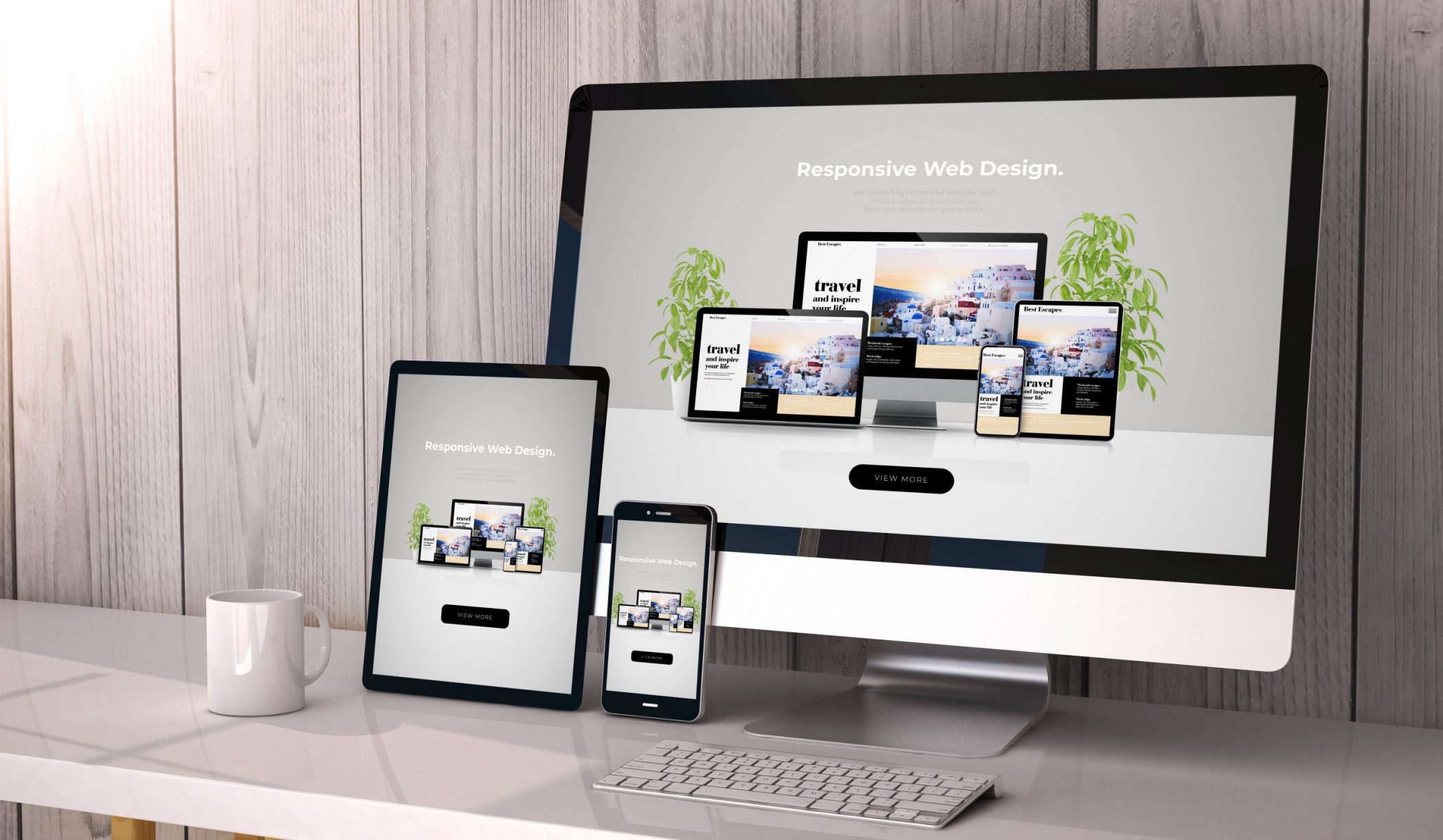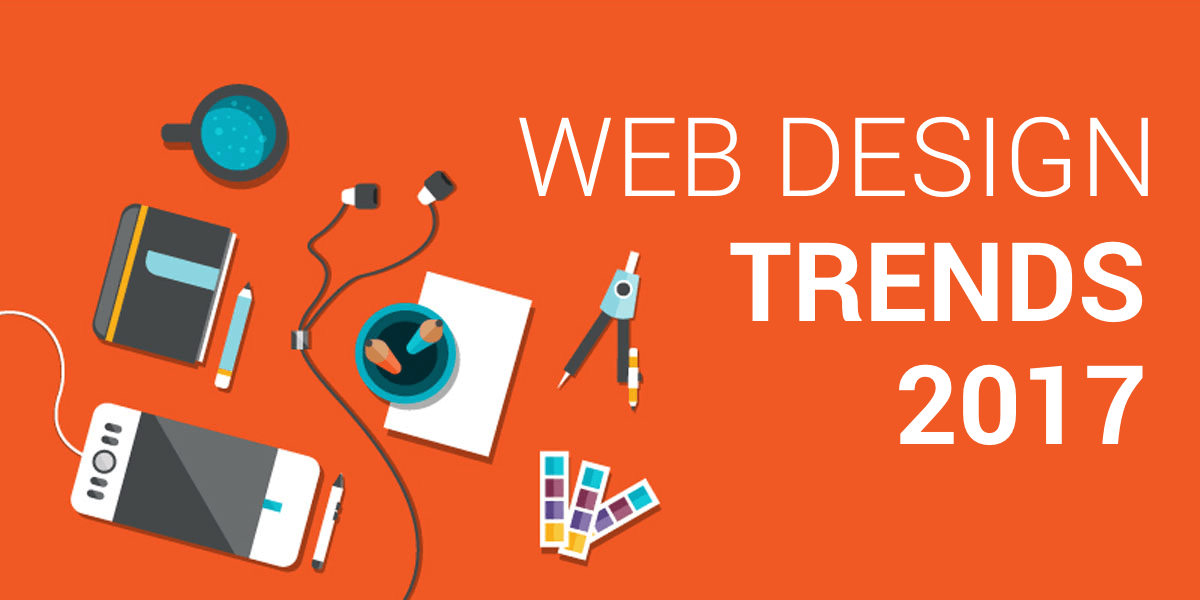The Most Effective Types of Web Design to Improve User Experience and Involvement
In the ever-evolving landscape of electronic interaction, the effectiveness of Web style significantly affects individual experience and involvement. Various layout strategies, such as minimalist, responsive, and interactive formats, each offer special advantages that can cater to diverse customer demands.
Minimal Website Design
As digital landscapes end up being progressively messy, minimal website design has actually become an effective method to improving user experience. This style philosophy focuses on simplicity, concentrating on important elements while removing unneeded disturbances. By utilizing ample white area, uncomplicated navigation, and a minimal shade scheme, minimal layout cultivates quality and guides individual interest to vital content.
The core concept of minimal Web style is to produce a smooth interaction for users. By decreasing cognitive tons, customers can quickly realize details without really feeling overwhelmed. This direct method not just enhances usability yet likewise encourages engagement, as visitors are extra most likely to discover a website that is easy and visually appealing to browse.
Furthermore, minimalist style often highlights typography and images, using these aspects purposefully to share messages efficiently. This focus on vital parts can improve brand identification and create a memorable individual experience. In essence, minimal website design is not just a pattern; it is a thoughtful technique that recognizes the significance of user-centered design. By removing peripheral components, designers can produce a more engaging, effective, and satisfying Web experience for all users.
Receptive Website Design
In today's diverse digital setting, receptive website design has ended up being crucial for developing a smooth individual experience throughout a multitude of devices. As users access sites on mobile phones, tablets, desktops, and laptops, the capacity of a website to adjust its format and web content to various display sizes and resolutions is important.
Responsive website design uses adaptable grids, pictures, and CSS media queries to ensure that Web material is provided efficiently, despite the device made use of. This technique not only enhances the aesthetic charm of a site but also significantly boosts functionality. Users are more most likely to engage with a website that uses a constant experience, as it eliminates the disappointment of having to zoom in or scroll exceedingly.
Additionally, internet search engine, consisting of Google, prioritize mobile-friendly web sites in search positions. By embracing responsive design, services can boost their visibility and get to a wider audience. This technique also simplifies website maintenance, as a single version of the site can accommodate all tools, reducing the demand for numerous versions. In summary, receptive Web layout is an essential practice that boosts user experience, engagement, and overall complete satisfaction.
Interactive Website Design
Receptive Web design prepares for improving user experience, but interactive website design takes this an action further by engaging users in a more vibrant method - Aligned Position Web Design. By integrating components such as animations, clickable prototypes, and real-time feedback, interactive website design captivates customers, drawing them into a richer browsing experience
This strategy not only cultivates interaction but also urges individuals to explore content actively instead than passively eating it. Techniques such as gamification, where users gain rewards for completing tasks, can considerably enhance the time invested in a site and enhance overall contentment. Interactive functions can simplify intricate information, making it extra absorbable and delightful.

Integrating interactive design components can additionally cause higher conversion prices, as customers are more probable to engage with a site that proactively includes them. Aligned Position Web Design. Eventually, interactive Web design transforms user experiences right into remarkable journeys, guaranteeing that site visitors return time and once more
Flat Style
Defined by its minimalistic technique, flat layout emphasizes simplicity and performance, removing away unneeded components and focusing on necessary attributes. This style viewpoint focuses on functionality, making sure that customers can browse user interfaces effortlessly and effectiveness. By utilizing a clean aesthetic, flat design eliminates the mess often found in more luxuriant designs, consequently improving individual focus on content and capability.
The characteristic of level style depends on its use vibrant shades, basic typography, and geometric forms. These aspects contribute to a visually enticing user interface that is both contemporary and approachable. Additionally, level style fosters a feeling of quality, enabling customers to determine important activities and info without interruption.
Furthermore, level style is particularly reliable in responsive Web style, as its simplicity converts well across numerous gadgets and screen dimensions. The lack of intricate appearances and gradients decreases packing times, which is crucial for keeping user involvement. As digital landscapes proceed to develop, level design continues to check it out be a relevant selection for creating straightforward sites that boost overall experience. By concentrating on vital attributes, flat style not just fulfills customer needs yet also motivates smooth interaction, making it a crucial component of efficient Web layout techniques.
Flexible Web Layout
Flexible website design personalizes the individual experience by developing numerous repaired designs customized to various display dimensions and devices. Unlike responsive style, which fluidly changes a solitary format, flexible style utilizes distinctive layouts for certain breakpoints, making sure optimum presentation on numerous platforms. This technique permits designers to concentrate on the one-of-a-kind features of each tool, enhancing functionality by delivering specifically what customers need based upon their context.
Among the primary advantages of adaptive Web design is its ability to enhance lots times and performance. By offering tailored web content and photos that fit the user's tool, sites can minimize data usage and enhance loading speeds. This is especially beneficial for users with slower connections or minimal information plans.

Additionally, flexible design facilitates a much more regular and regulated branding experience. Considering that developers produce numerous designs, they can make certain that the visual components align with the brand name's identification throughout various platforms - Aligned Position Web Design. This leads to a cohesive customer experience, enhancing engagement and advertising individual retention
Conclusion
Minimal layout cultivates quality and focus, while responsive style makes sure flexibility throughout various tools, advertising ease of access. Collectively, these style comes close to contribute to the production of straightforward atmospheres that not only boost complete satisfaction but also drive greater conversion rates, click for more emphasizing their important significance in modern Web layout techniques.

Minimalist style promotes clarity and focus, while receptive style ensures adaptability across different tools, promoting availability. Jointly, these design approaches contribute to the development of straightforward environments that not just improve contentment however also drive greater conversion rates, emphasizing their important importance in contemporary Web style methods.